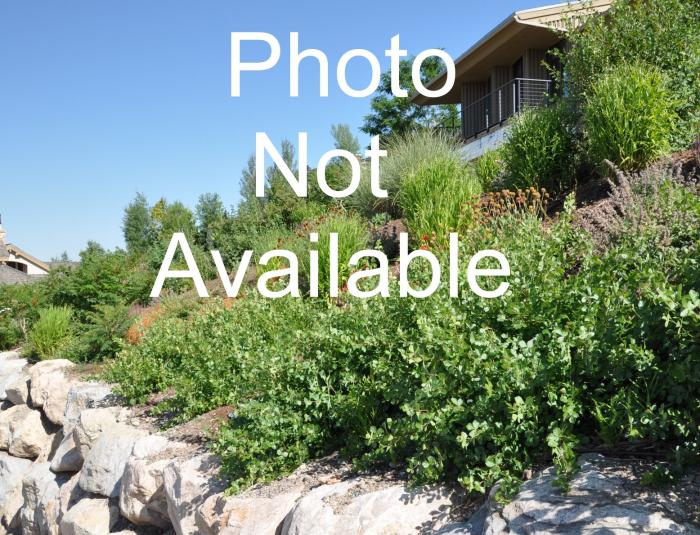| Botanical Name: Echinacea angustifolia | |
| Common Name: Narrowleaf Coneflower |

-
Anatomy
-
Culture
-
Design
Plant Type
Perennial, Herb, Wildflower
Height Range
1-3'
Flower Color
Lavender, Pink
Flower Season
n/a
Leaf Color
Green
Bark Color
n/a
Fruit Color
n/a
Fruit Season
n/a
Sun
Full, Half
Water
Low
Growth Rate
Moderate
Soil Type
Clay, Loam
Soil Condition
Average, Poor, Well-drained, Dry
Soil pH
Neutral, Basic
Adverse Factors
n/a
Design Styles
English Cottage, Meadow, Mediterranean, Ranch, Woodland
Accenting Features
Showy Flowers
Seasonal Interest
Summer
Location Uses
Perennial Border, Parking Strip
Special Uses
Cut Flowers
Attracts Wildlife
Birds, Butterflies
Information by: Stephanie Duer
Photographer:
Photographer:
-
Description
-
Notes
Narrowleaf coneflower grows between 18 and 24 inches tall and about 18 inches wide. Stiff stems rarely branch; leaves are long and narrow and a dull green, Flowers are pinkish-lavender, with petals recurving back, making the green to orange cone very prominent. Narrow-leaf coneflower is well-suited to a prairie or meadow garden and attractive in flower arrangements. Attracts butterflies.
Narrowleaf coneflower tolerates well-drained clay-loam and high levels of soil alkalinity, and is more drought tolerant than E. pallida and E. purpurea. Grow in sun to part shade. Though it tends to look poorly in its native habitat, it often thrives in cultivation.